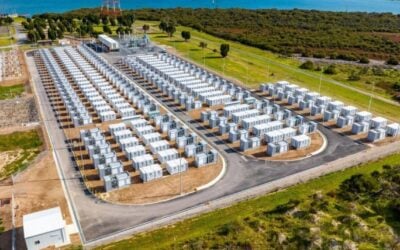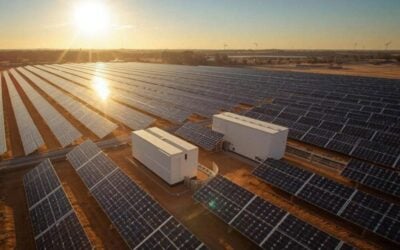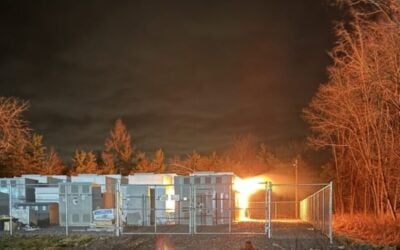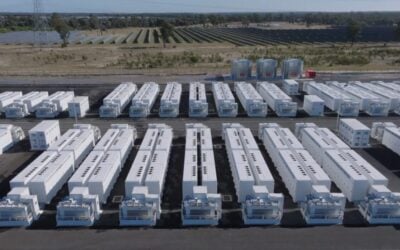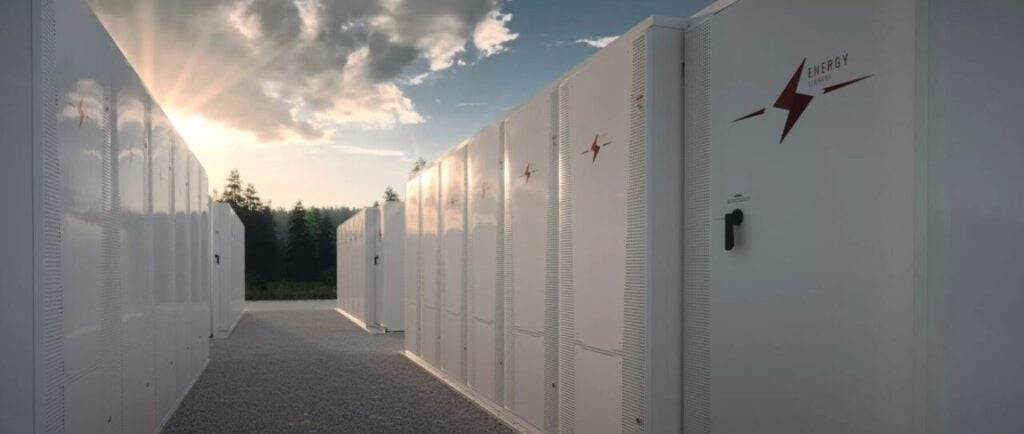
Fluence, a battery storage system integrator and clean energy software and services company, will provide its Mosaic software for a 200MWh battery energy storage system (BESS) in Victoria, Australia.
The 100MW/200MWh Terang BESS is set to be Fotowatio Renewable Ventures (FRV) Australia’s first scheduled BESS in the National Electricity Market (NEM).
FRV Australia switched on a hybrid solar-plus-storage site in Queensland, featuring 2.45MWdc and a 2.54MW/5MWh BESS, last year.
Financial close on the Ternag BESS was confirmed in August 2024, with the developer also revealing that Canadian Solar subsidiary e-STORAGE would supply its SolBank 3.0 BESS technology for the Australian project.
Try Premium for just $1
- Full premium access for the first month at only $1
- Converts to an annual rate after 30 days unless cancelled
- Cancel anytime during the trial period
Premium Benefits
- Expert industry analysis and interviews
- Digital access to PV Tech Power journal
- Exclusive event discounts
Or get the full Premium subscription right away
Or continue reading this article for free
It is currently being developed around 19km west of Camperdown, near Terang in the Shire of Corangamite, around 212km south-west of the state’s capital, Melbourne. It will connect to the NEM through an overhead transmission line at the Terang Terminal Station.
Mosaic, which has been utilised in other Australian BESS projects, such as a 100MW/200MWh Tilt Renewables BESS in Victoria, is claimed by Fluence to be the “most widely adopted bidding optimisation software on the NEM.”
It harnesses AI to enable clean energy asset owners to increase revenue, minimise cost, and manage risk while maintaining compliance with wholesale electricity market rules.
Perhaps the most significant Australian BESS to use Mosaic technology is the 850MW/1,680MWh grid-forming standalone Waratah Super Battery system, which will enhance reliability and resiliency across the NEM.
Grid-forming capabilities at the Terang BESS
The Terang BESS will feature grid-forming inverters after securing AU$7 million (US$4/63 million) in funding awarded under round two of the Victoria government’s Energy Innovation Fund (EIF).
Grid-forming BESS has become a trending topic in the Australian energy storage market because it can mimic the behaviour of synchronous generators.
Indeed, this potential recently saw AEMO make grid-forming BESS an investment priority in 2026 for both the NEM and Western Australia’s South West Interconnected System (SWIS).
Australian transmission system operator Transgrid also announced that grid-forming BESS and synchronous condensers will form the ‘heartbeat’ of the New South Wales power system, with a view to delivering 5GW by 2032/33.
Fluence also noted the potential of grid-forming technology. Rob Hills, APAC vice president of engineering and commissioning, and Sam Markham, growth manager, Australia and New Zealand, discussed the technology’s role in the NEM in an exclusive interview with ESN Premium in June.
Our publisher, Solar Media, will host the Battery Asset Management Summit Australia 2025 on 26-27 August in Sydney. You can get 20% off your ticket using the code ESN20 at checkout.

